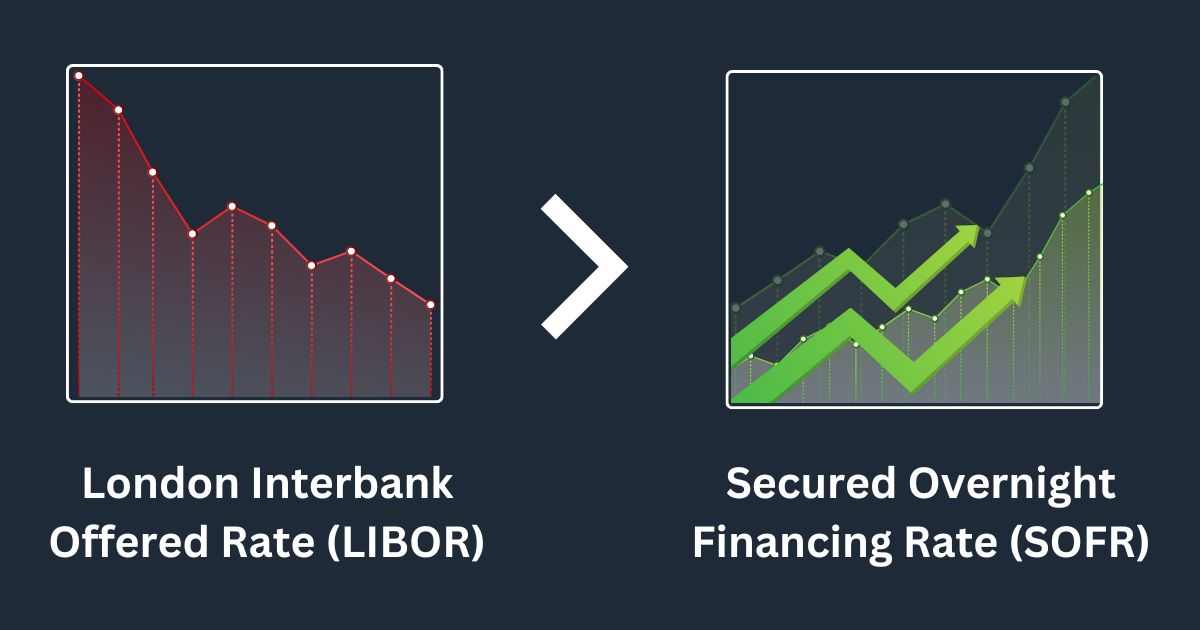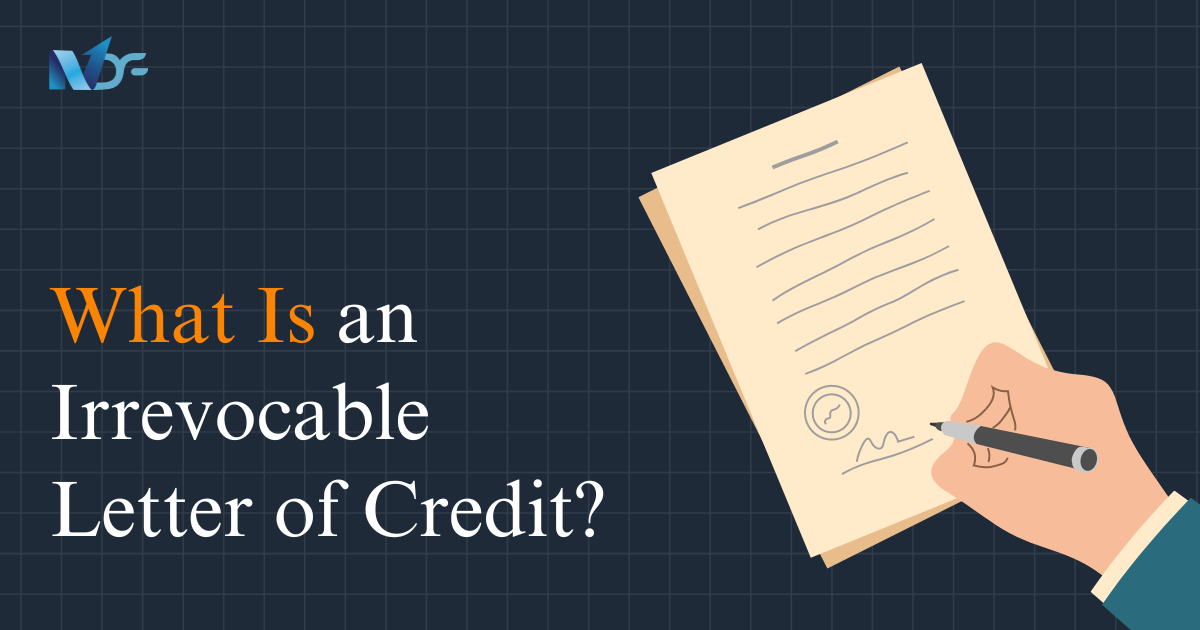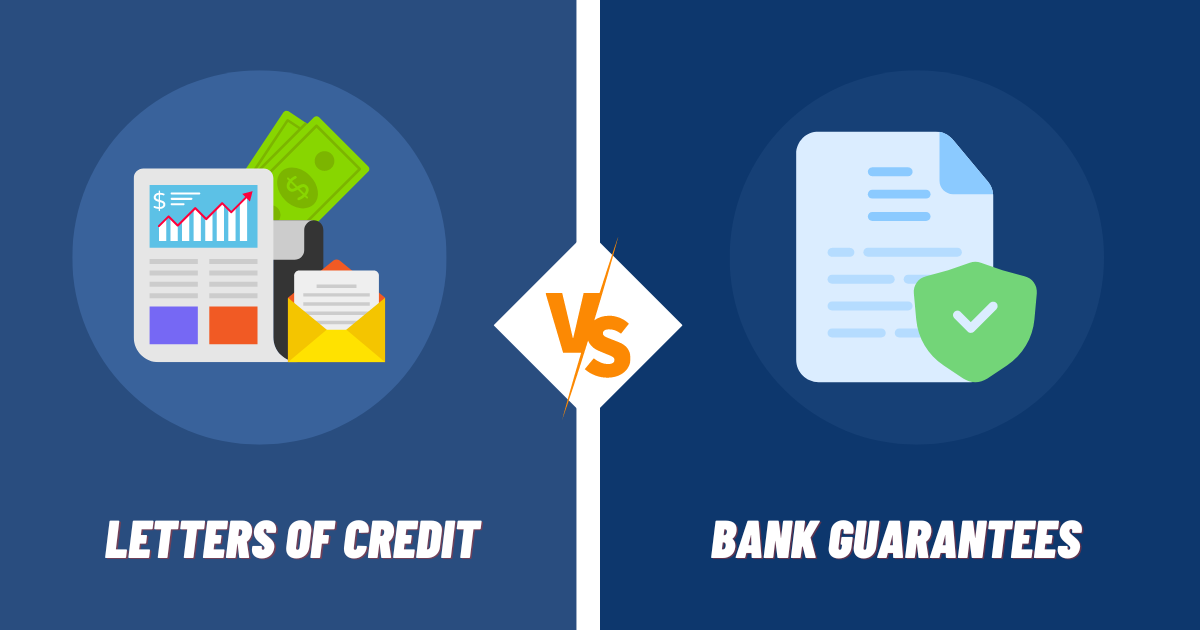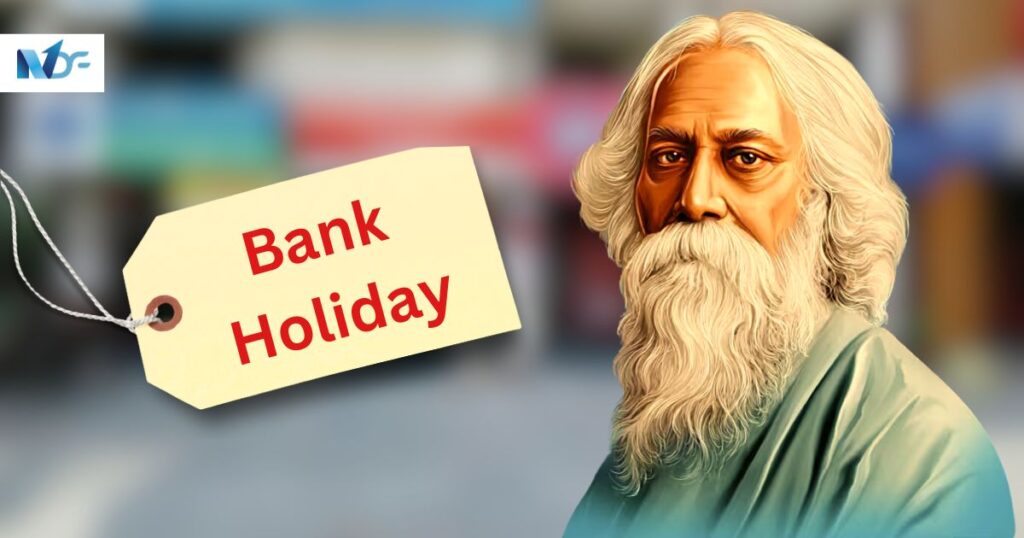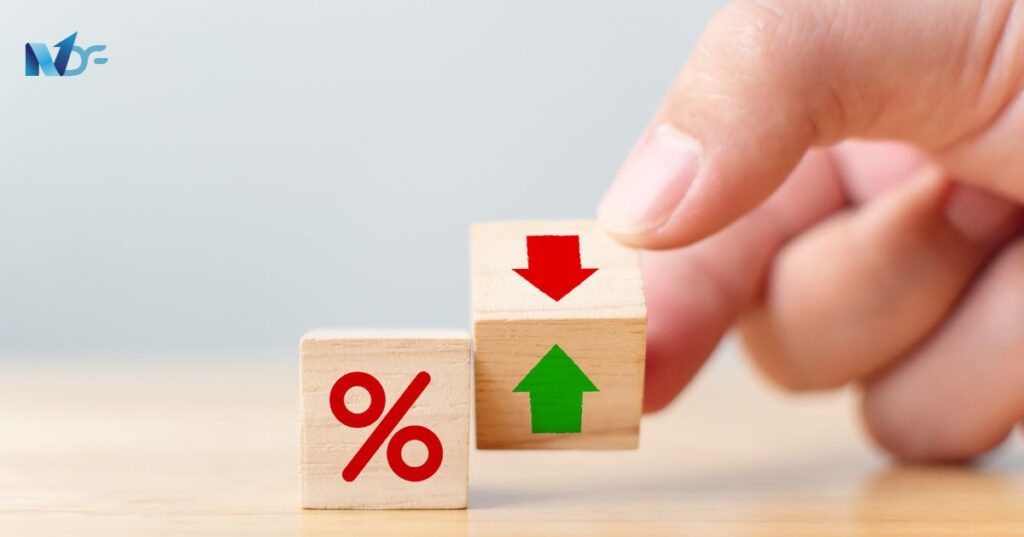What if there’s an important payment to be made within an hour but you find yourself out of funds and lack the time to find a lender and apply for a loan? Wouldn’t it be better if you just had an option to avail a short-term loan anytime such a situation arises at an agreed interest rate? That is the solution an Overdraft Facility offers.
An Overdraft Facility is a credit instrument that is customized to address short-term, recurring expenditure of businesses. Let us understand its meaning, how it works, its different types, and how it is different from a term loan.
What is an Overdraft facility?

In simple terms, an overdraft facility is a privilege a lender offers to its select customers to spend more money than they may have in their bank accounts.
Such a predicament may arise in certain cases of cash flow inefficiencies or an expected payment getting delayed.
An overdraft in such cases may save the day and allow a lender’s customer to spend and make payments even if their bank balance is zero.
For businesses, banks or NBFCs allow an overdraft in their Current Account. In the case of individuals, the overdraft facility is allowed in the Savings or Salary account.
What are the types of Overdraft facilities?
An Overdraft Facility could be differentiated on whether it is secured or unsecured.
Secured Overdraft Facility
This is an Overdraft limit provided to a customer that is backed by collateral. The limit of the secured overdraft facility depends upon the value of the asset pledged. Various lenders accept different types of assets as collateral to provide an overdraft, the most common among those are overdraft against property, overdraft against fixed deposits, and overdraft against equity.
Unsecured Overdraft Facility
This is an Overdraft limit provided to a customer that isn’t backed by collateral. The limit of the unsecured overdraft is usually lower than a secured one. Some of the common unsecured overdraft facilities provided by lenders are- overdraft in the salary account, overdraft in the current account, overdraft against business income, inter alia.
OD vs DOD
Apart from being differentiated upon the parameter of whether an overdraft facility is secured or unsecured, it could also be differentiated upon whether it is a regular/standard Overdraft (OD) or a Drop-line Overdraft (DOD).
1. Standard Overdraft (OD)
A standard overdraft, or simply, an overdraft is offered to a customer on a yearly basis on an agreed rate of interest. The overdraft in this case must be renewed each year.
2. Drop-line Overdraft (DOD)
A Drop-line overdraft is an overdraft facility offered to a customer for a specified tenure with the borrowing/overdraft limit decreasing each month. It need not be renewed each year, unlike OD.
Features of an Overdraft Facility

- Allows a transaction even if the account has insufficient balance– An overdraft allows a person to make payments even if they have zero balance in their account.
- Flexibility in payments– The borrowed amount can be paid back as and when the person has the capacity to.
- Takes care of short-term financial requirements– An Overdraft Facility is only available for a year and must be renewed each year (except in the case of Drop-line Overdraft).
- Allows Joint borrowing– There can be more than one applicant for an overdraft facility which allows the joint borrower to repay the borrowed amount to avoid default.
How does an Overdraft Facility work?
Step 1. First, a person approaches a lender for a desired Overdraft Facility.
Step 2. The lender, after taking into consideration the financial history of the borrower would decide whether they’re willing to offer an Overdraft Facility to them.
Step 3. The charges for the facility, borrowing limit, as well as the interest rate is contingent upon the financial conditions of the borrower and whether it is an unsecured or secured overdraft.
Step 4. If accepted, the lender would open an overdraft account for the person or allow an overdraft on their existing Current Account.
Step 5. The facility is then made available to the borrower after the payment of processing charges.
Step 6. The borrower then can draw out funds from their overdraft whenever there is a requirement to make payments. The amount borrowed would then be used by the lender to calculate interest payments on a daily basis.
Step 7. The borrower does not have to pay the interest daily or monthly, but can do so in lump-sum whenever they have the capacity to do so. They can also make partial payments to reduce their interest.
Step 8. The borrower must pay their outstanding dues before the facility could be renewed.
If it is a drop-line overdraft, the overdraft limit sanctioned by the lender decreases each month till the tenure of such a facility is over.
Suggested Read: Demand Loan vs Term Loan: A Quick Comparison
How is Overdraft Facility different from a term loan?

There are several differences that make an Overdraft Facility attractive when compared with a term loan.
- No prepayment charges– There exists no charge if you desire to prepay the amount borrowed through an Overdraft facility, unlike a term loan.
- No EMIs or monthly installments– You can pay back the money borrowed whenever you have the capacity to, without having to worry about monthly EMIs. However, it is preferred that you pay as early as possible to make sure the interest amount is reduced (usually interest is calculated on a per day basis).
- Interest is calculated only on the amount utilised– As opposed to a loan wherein the interest is calculated on the full principal amount, the interest calculation is an overdraft facility is only on the amount used or utilised and not on the sanctioned amount.
- Can prevent a Check Bounce– An overdraft facility may prevent a check bounce if the amount in your account is inadequate.
Suggested Read: 7 types of company registration in India
Overdraft Facility vs. Term Loan
| Overdraft Facility | Term Loan |
| Relevant for short-term requirements. | Relevant for long-term requirements. |
| The interest is calculated only on the actual borrowed amount instead of the full sanctioned amount. | The interest is calculated on the disbursed amount, which may be the full amount sanctioned. |
| There are no prepayment charges. | There are prepayment charges. |
| Flexible repayments. | Payments in monthly EMIs. |
| The borrowing limit is less than that of a loan. | The borrowing limit is higher than that of an overdraft facility. |
Final Words: When should you opt for an Overdraft Facility?
An Overdraft Facility is apposite for scenarios wherein the borrower has to incur recurring expenditure and may not have the required cash-in-hand. Since Overdraft is only provided for a year (except in the case of DODs), it can only address the working capital requirements of a firm.
An Overdraft Facility could also be availed when the nature of the business is such that the income is not consistent. Since a business could tap into the facility provided to make payments, it ensures that the enterprise does not fail to meet its short-term obligations.
Since there are no prepayment charges or a cap on the number of times you can draw from your overdraft account, it also shines in scenarios wherein the business is confident of income in the future but requires immediate cash to meet its expenditure. Thus, an overdraft is suitable to iron out inefficiencies in the cash flow of a business, but must be used sparingly since the amount borrowed remains a liability for an enterprise.
You May also like:
- Unlock Financial Potential: Lease Rental Discounting Guide
- Understanding Business Loans: A Comprehensive Guide
- Building a Strong Credit Profile for Business Loan Approval
- 70+ Best RBI Approved Loan Apps In India [2023]
FAQ
1. What is Overdraft Facility in simple words?
An overdraft facility is a type of credit line provided by a financial institution for a period of time with a sanctioned borrowing limit. A Bank/NBFC usually provides an Overdraft in a Current Account. The borrower can borrow money within the sanctioned limit whenever they are in need of funds, and repay as as per their convenience.
Is it good to have an Overdraft Facility?
An Overdraft Facility could be beneficial for a business since it ensures that a business has funds available whenever required. It is also beneficial when an important payment has to be made without adequate funds in the bank. It can also prevent a check bounce.
Does an Overdraft Facility affect credit score?
Yes. When you apply for an Overdraft Facility, a lender would conduct a hard inquiry of your financial data which may affect your credit score. At the same time, if you often utilise all of your overdraft limit or miss out on repayment, it would affect your credit score negatively.
Does a DOD have to be renewed each year?
No, a DOD (Drop-line Overdraft) does not have to be renewed each year. However, the overdraft limit would keep decreasing each month.
Which lenders offer a Drop-line overdraft (DOD) facility?
As of now, only limited banks and NBFCs offer a drop-line overdraft(DOD). A few famous among them are-
- Bajaj Finserv
- Kotak Mahindra Bank
- Yes Bank
- Aditya Birla Finance
- ICICI Bank
- SBI
- Axis Banks
- Tata Capital
- HDFC Bank
- RBL Bank
- Standard Chartered Bank
- HSBC Bank
- Federal Bank
Is an Overdraft Facility a loan?
An Overdraft Facility is a type of loan with flexibility given to the borrower for the amount they want to borrow as well as its repayment. The borrower can borrow an amount within the sanctioned borrowing limit and repay as per their convenience before the facility expires.








